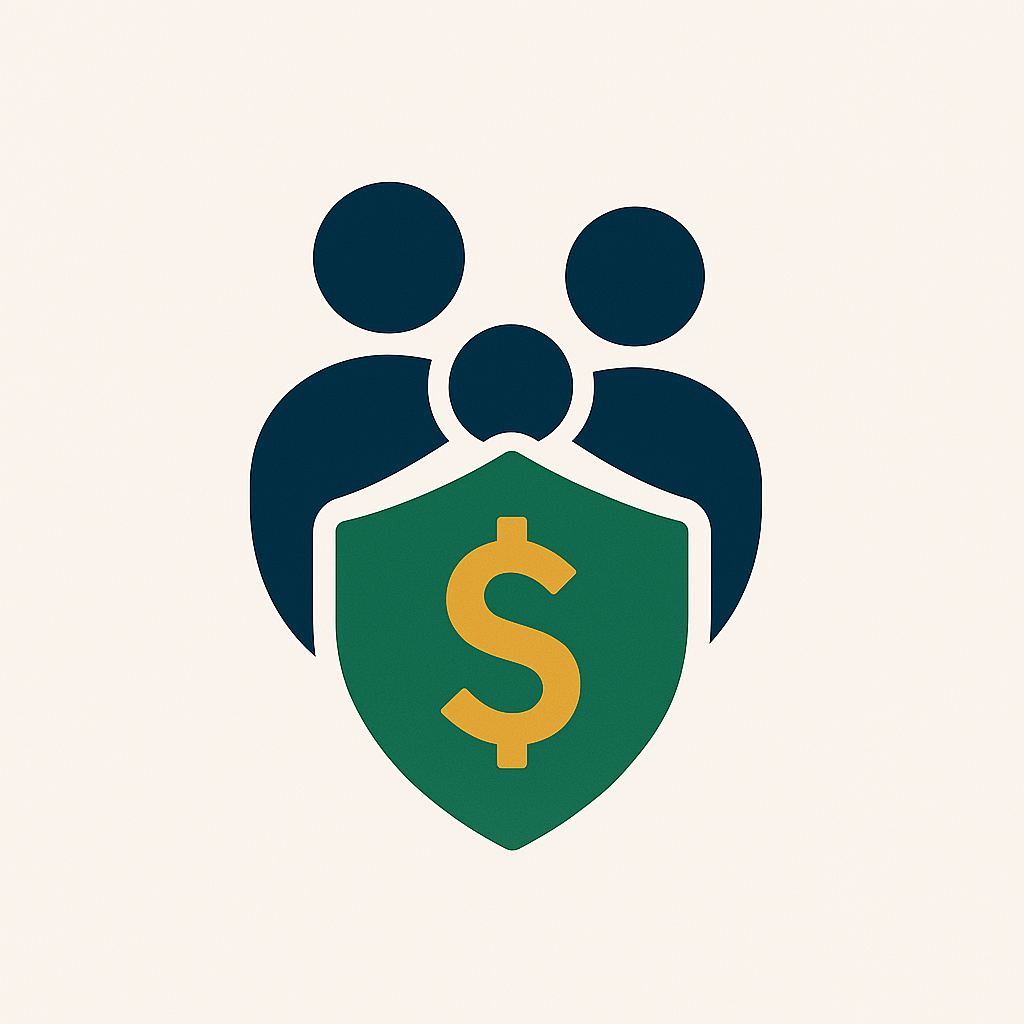10 Things To Stop Buying If You Want To Hit Your Financial Goals
As the financial landscape evolves, so should our spending habits. With rising costs of living and inflation, it’s easy to fall into the trap of impulse purchases and unnecessary spending. However, prioritizing essential needs and focusing on long-term financial goals can help us create a sustainable path toward financial stability.
1. Subscriptions and Recurring Payments
Subscriptions and recurring payments can quickly add up, especially for streaming services, gym memberships, and other monthly subscriptions. Review your subscriptions and cancel those you don’t use regularly. Consider switching to a subscription service that offers a lower monthly fee or eliminates the subscription altogether.
2. Dining Out More Often
The restaurant industry has grown significantly in recent years. While occasional dining out can be part of social bonding, it can add up quickly if you’re not careful. Consider cooking more meals at home, eating at local cafes, or opting for takeout or delivery services for non-essential dining outings.
3. Streaming Services and Entertainment
Streaming services offer a convenient way to enjoy entertainment, but they can be a significant monthly expense. Take advantage of free entertainment options like libraries, museums, and community events. Consider investing in a limited number of streaming services and prioritizing content you genuinely enjoy.
4. Impulse Purchases and Shopping
Shopping can be fun and rewarding, but it’s important to be mindful of our impulse purchases. Before making a purchase, take a moment to consider whether it aligns with our long-term goals and financial priorities. Consider alternatives like gift-giving, visiting local shops, or finding deals on existing items.
5. Subscription Boxes and Products
Subscription boxes and products can be a tempting way to discover new products and experiences. However, the monthly subscription fees can quickly add up. Choose subscription boxes that align with your interests and goals, and consider opting for one-time purchases instead.
6. Gadgets and Consumer Electronics
Gadgets and consumer electronics can be exciting, but they can also be costly. Consider waiting for major sales or discounts before making a purchase. Look for alternative options, like refurbished or used items, or consider purchasing used technology products.
7. Travel and Entertainment Expenses
While travel and entertainment can be rewarding, it’s important to stay within our means. Plan our trips carefully, track our spending, and set financial limits for entertainment expenses. Consider free and low-cost activities and exploring local attractions and experiences.
8. Unnecessary Upgrades and Repairs
While it’s tempting to upgrade our devices and appliances, it’s important to prioritize essential repairs and upgrades. Consider extending the lifespan of our existing belongings by using proper care and maintenance.
9. Debt and Credit Card Interest
Debt and credit card interest can snowball quickly, making it challenging to manage. Avoid taking on unnecessary debt and prioritize paying off existing debt with the highest interest rates first. Consider debt consolidation options or credit card interest-free periods to manage your finances effectively.
10. Subscription Services for Unused Items
Some subscription services offer a variety of products and services, but they can quickly become unused and contribute to clutter. Review your subscriptions regularly and cancel or adjust them to align with your current needs and goals.
Conclusion
By consciously reducing our spending and focusing on essential needs, we can achieve significant financial goals. By adopting mindful spending habits and prioritizing long-term financial stability, we can create a sustainable path to reaching our financial aspirations. Remember that financial freedom is a journey, not a destination, so stay committed to ongoing financial planning and adjustments as your circumstances change.

Leave a Reply